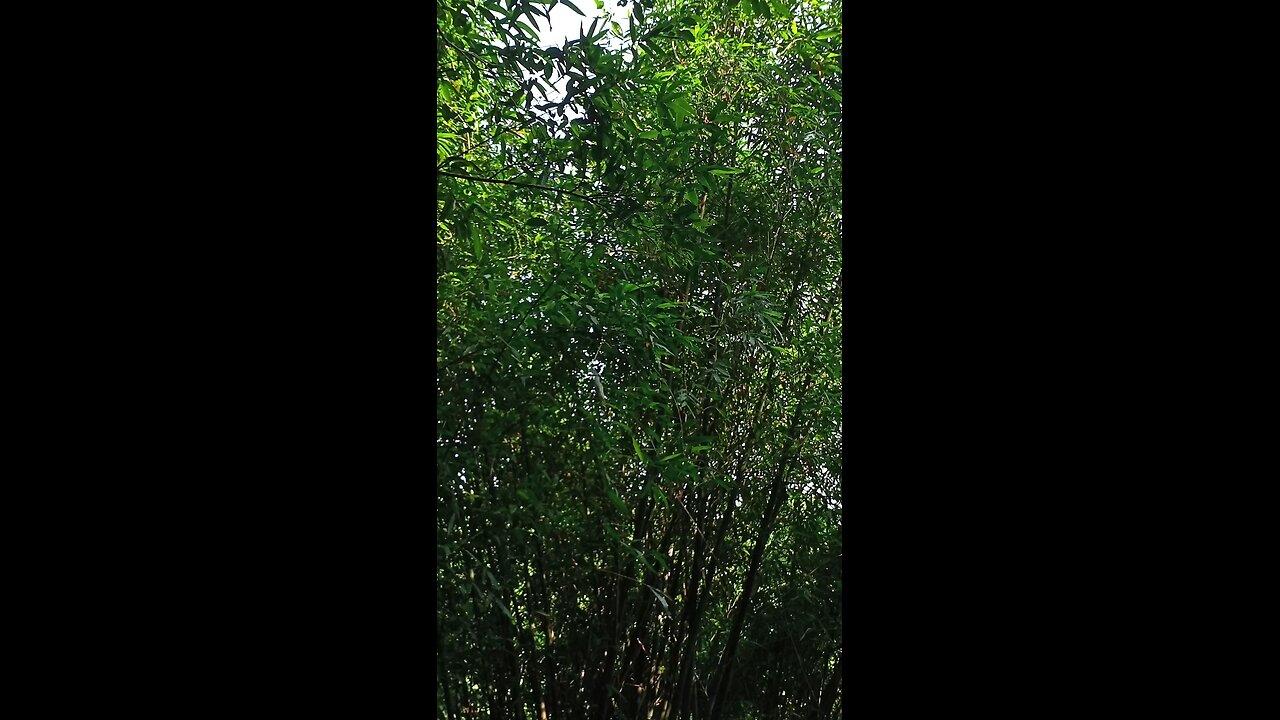Premium Only Content

Spider weaving web
In the intricate tapestry of nature, spiders, the enigmatic architects of the animal kingdom, embark on a mesmerizing dance of web weaving. With each silken strand, they spin an ethereal masterpiece, a testament to their innate ingenuity and survival instincts.
The process of web building begins with the spider producing silk from specialized glands in its abdomen. This viscous liquid, composed primarily of proteins, hardens rapidly upon exposure to air, forming strong and flexible fibers. A spider may possess multiple types of silk, each serving a specific function in the construction of its web.
With remarkable precision, the spider anchors its first silken thread to a suitable substrate, such as a twig, leaf, or rock. It then embarks on a meticulous journey, traversing the surrounding environment with its extended legs, trailing a delicate strand of silk behind it. As it moves, the spider leaves behind an intricate web of radial spokes, radiating outward from the central anchor point.
Next, the spider reinforces the radial spokes by spiraling a supplementary layer of silk around them, forming the framework of the web. This spiral scaffolding provides stability and support to the structure. Working with meticulous care, the spider gradually expands the web, adding more radial spokes and spiral layers until it reaches the desired size and shape.
Finally, the spider often adds a specialized layer of silk, known as the 'capture spiral,' to the outer portion of the web. This sticky, viscous substance ensnares any unsuspecting prey that ventures into the trap, adhering to their exoskeletons and immobilizing them. The spider then swiftly approaches its victim, injecting a paralyzing venom and wrapping it in a silken cocoon for later consumption.
The intricate process of web weaving is a testament to the spider's remarkable adaptability and evolutionary prowess. These silken masterpieces serve as versatile hunting tools, providing nourishment and shelter to their creators in a competitive and ever-changing ecosystem.
-
 1:05:06
1:05:06
Man in America
11 hours agoThe Terrifying Truth Behind Chemical Fog, Wildfire Smoke & Chemtrails w/ Dr. Robert Young
21.7K16 -
 LIVE
LIVE
Tundra Tactical
4 hours ago $0.33 earnedSHOT Show 2025 Wrap Up!! On The Worlds Okayest Gun Live Stream
779 watching -
 LIVE
LIVE
Right Side Broadcasting Network
1 day agoLIVE REPLAY: President Donald J. Trump Holds His First Rally After Inauguration in Las Vegas - 1/25/25
4,438 watching -
 2:55:24
2:55:24
Jewels Jones Live ®
1 day agoWEEK ONE IN REVIEW | A Political Rendezvous - Ep. 107
110K40 -
 1:33:29
1:33:29
Michael Franzese
1 day agoTrump Wastes No Time: Breaking Down Trump’s First Week Executive Orders | LIVE
121K89 -
 1:26:44
1:26:44
Tactical Advisor
13 hours agoTrump Starting Strong/Shot Show Recap | Vault Room Live Stream 015
87.7K9 -
 10:18
10:18
MrBigKid
9 hours ago $1.89 earnedInsanely Compact Hunting Tripod you HAVEN'T heard of... Revolve
45K4 -
 20:29
20:29
marcushouse
16 hours ago $7.63 earnedUnleashing the Power of SpaceX's Starship: Why is it a Big Deal!?
80.4K11 -
 10:46
10:46
Rethinking the Dollar
1 day agoTrump Knows 'The Real Threat' To Your National Security
56.9K16 -
 17:13
17:13
Degenerate Jay
12 hours ago $1.22 earnedWB Games Is Falling Apart
41.3K4